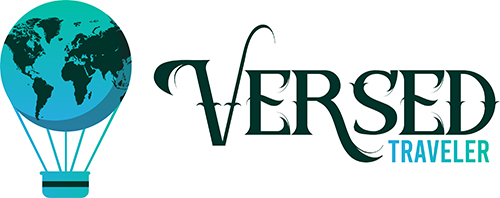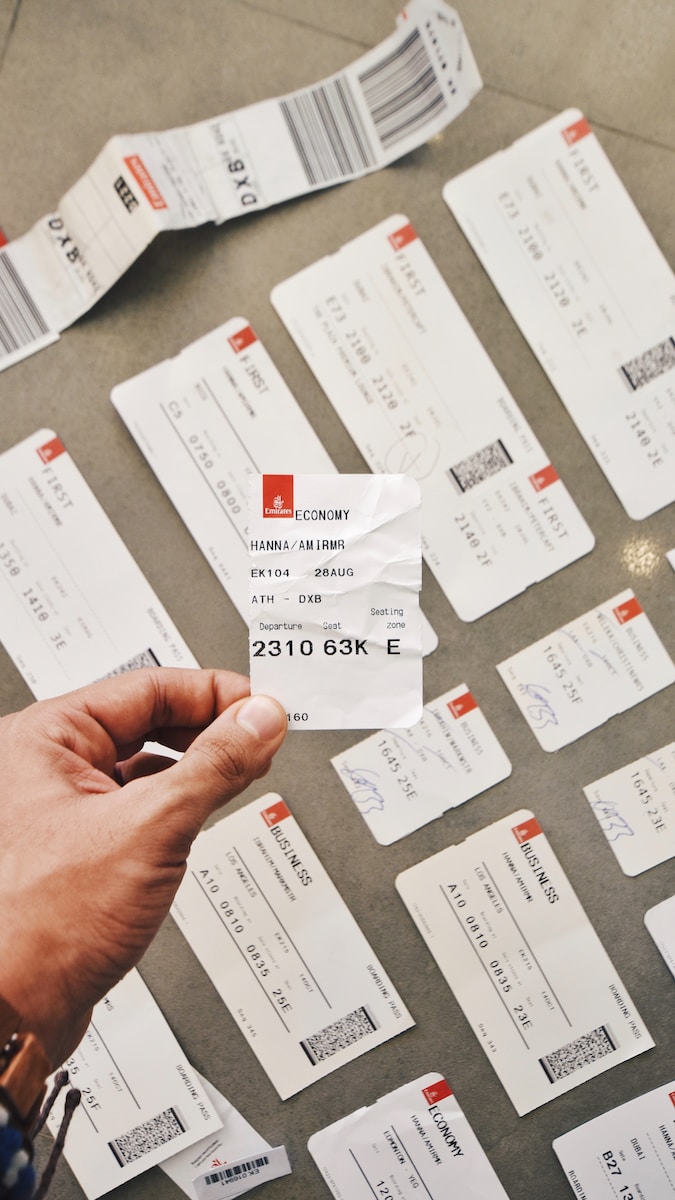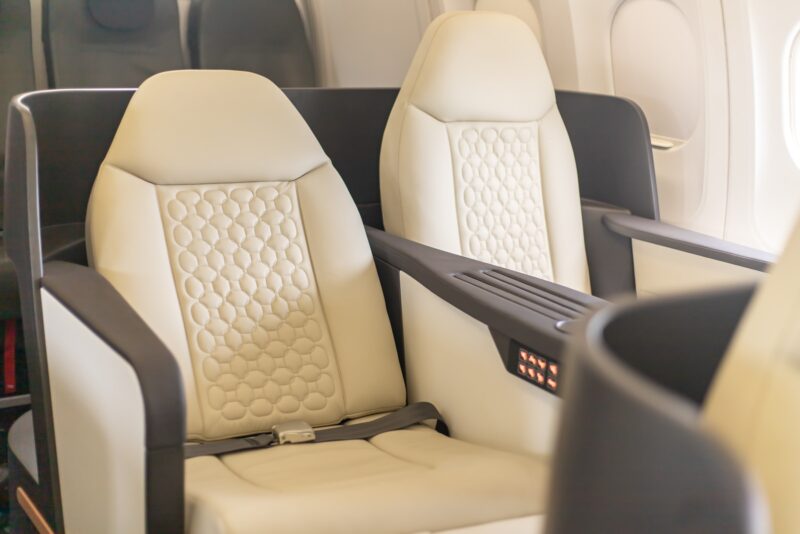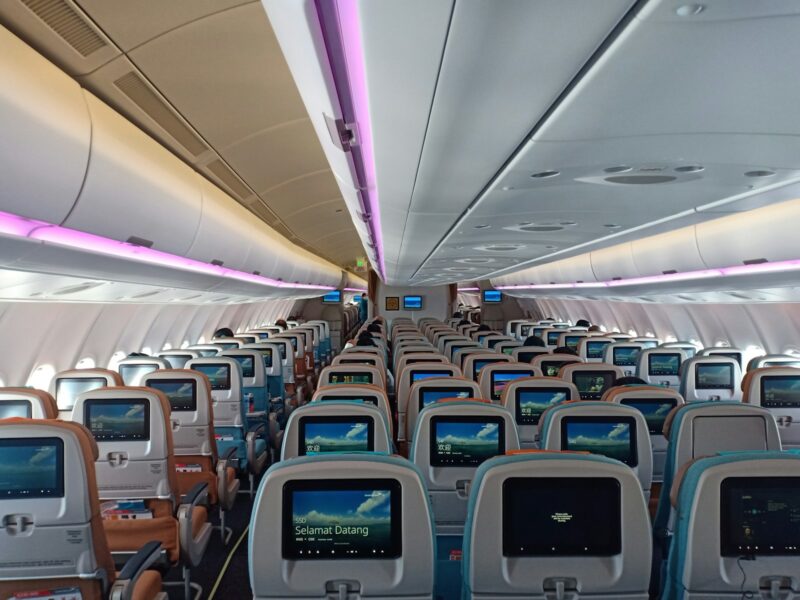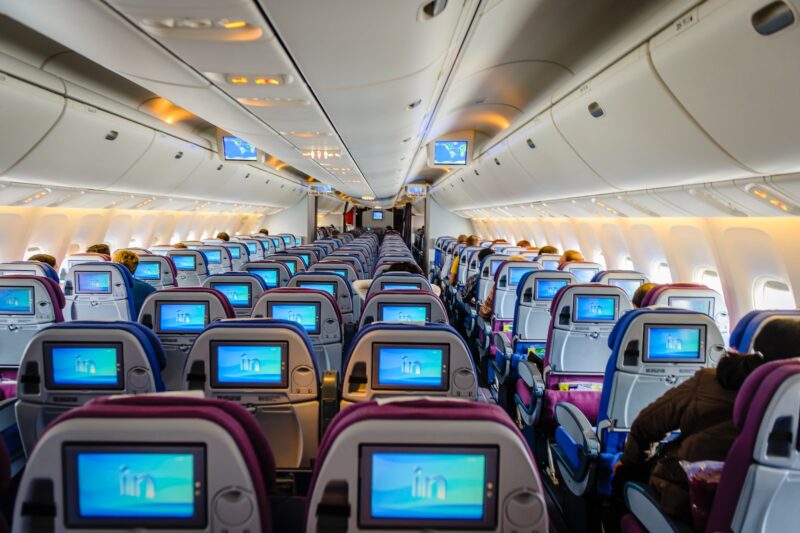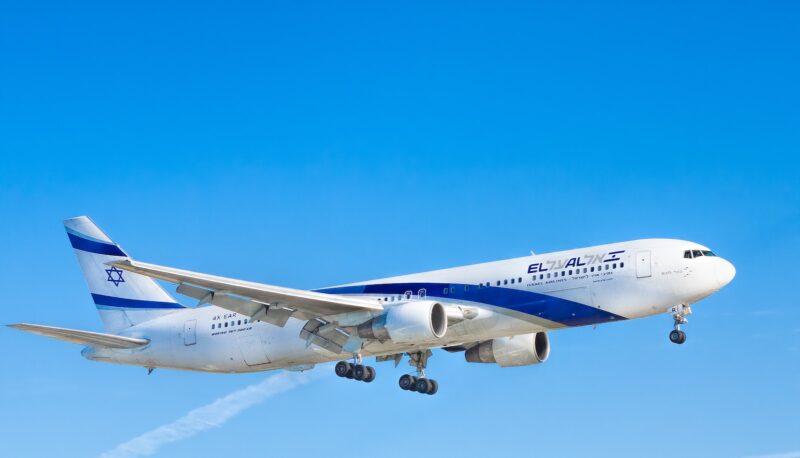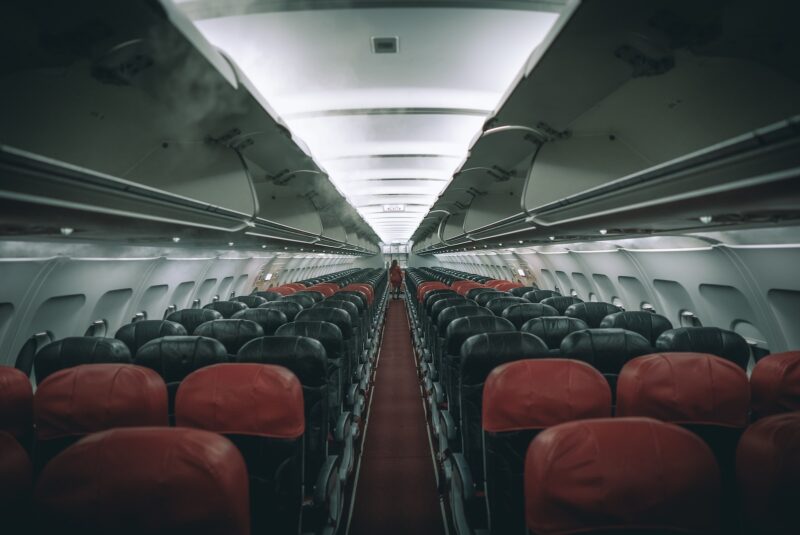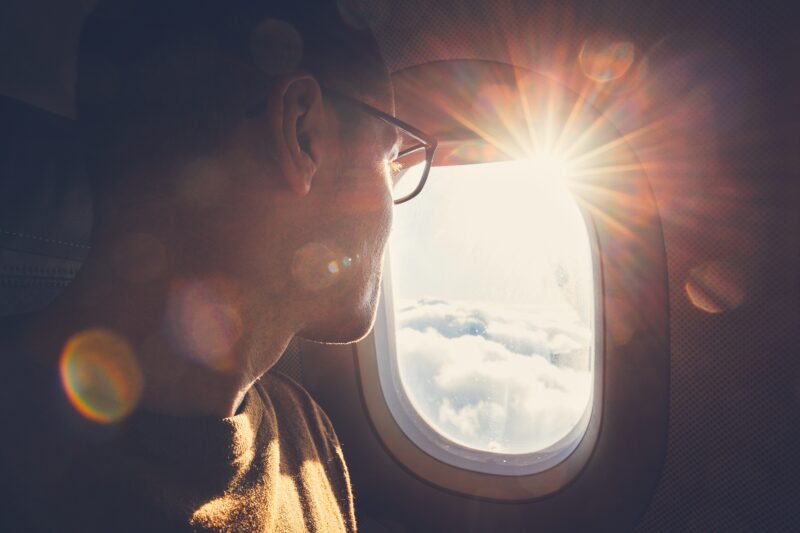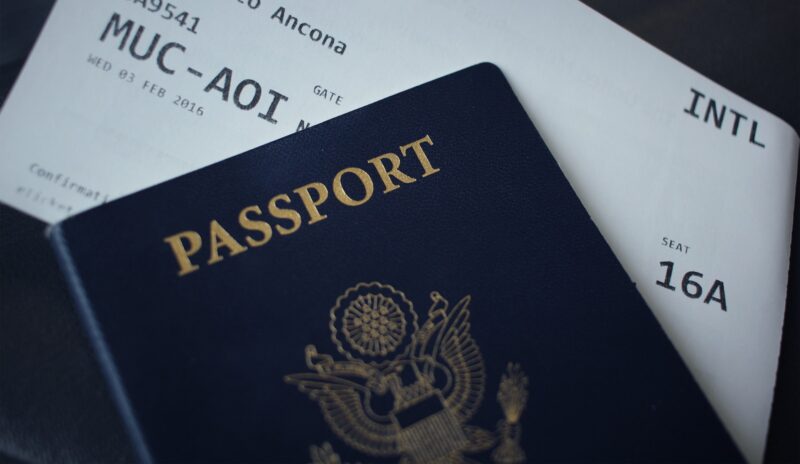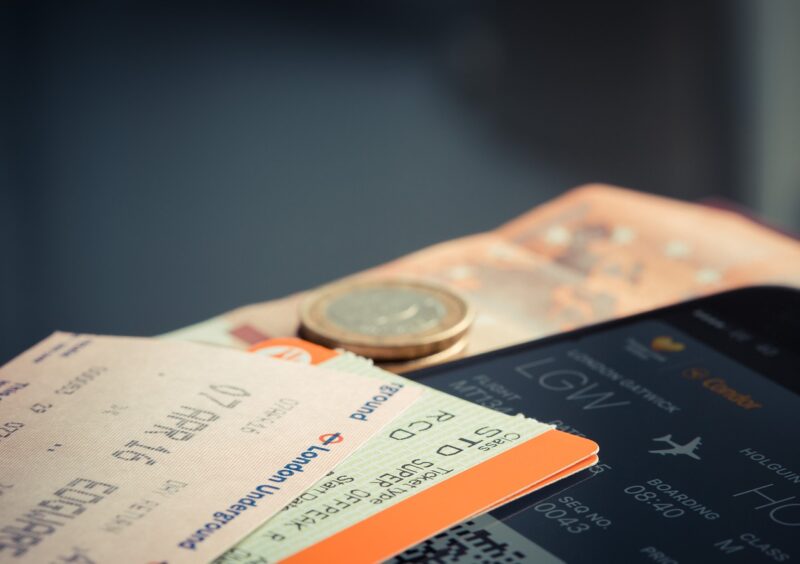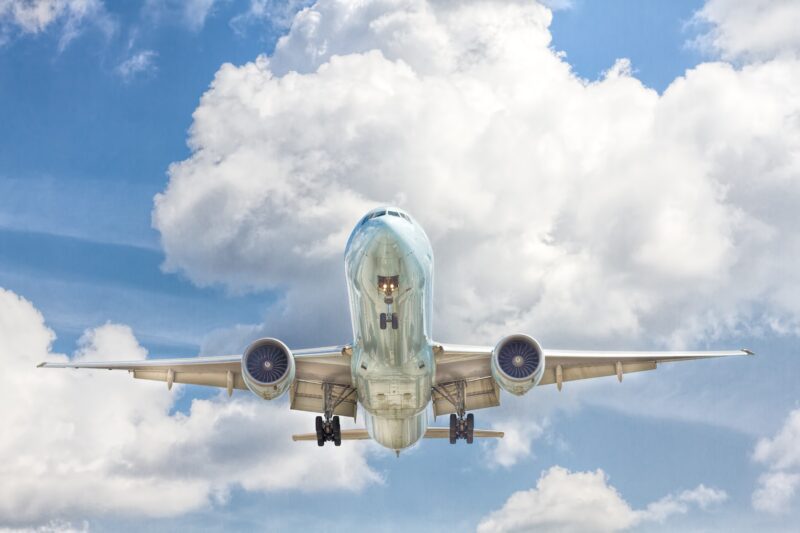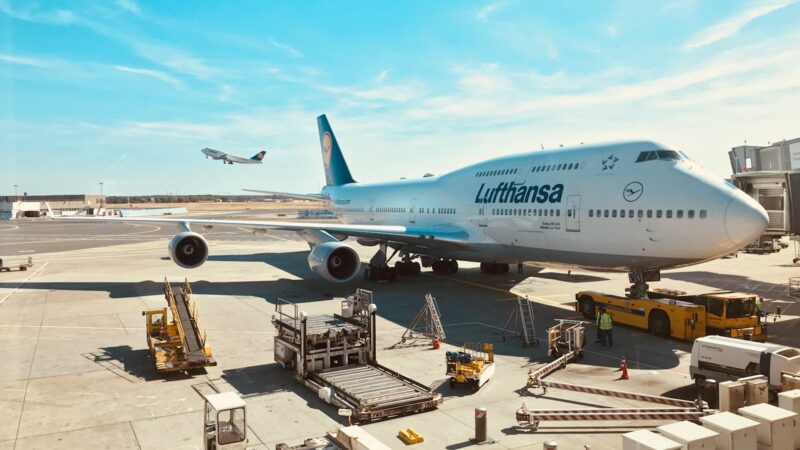Table of Contents
ToggleOverview of Airline Classes
Air travel has evolved significantly, with a range of cabin classes designed to cater to different preferences and budgets. Here’s how to navigate the various options of airline classes available:
- Economy Class: The most cost-effective option, providing basic amenities to travelers. It’s the standard choice for those looking to travel from one location to another without additional luxuries.
- Expect: Standard legroom and meals on longer flights.
- Premium Economy: Offers more comfort with extra legroom and improved services.
- Expect: Enhanced food options and additional baggage allowance on some airlines.
- Business Class: Tailored for professionals needing space to work or relax.
- Expect: Lie-flat seats on many planes, gourmet meals, and superior entertainment systems.
- First Class: The pinnacle of luxury, with the most space and personalized services.
- Expect: Private suites on some aircraft, fine dining, and premium ground services.
When booking flights, understanding airline classes becomes essential. Each fare class is denoted by a letter, which signifies the cost, restrictions, and mileage accrual potential:
- Economy may have several airline classes, such as ‘Y’ for a full-fare ticket, often refundable and earning more miles.
- Lower fare classes like ‘Q’ or ‘K’ indicate discounted tickets, which come with more restrictions.
By grasping these distinctions and using them when searching for flights, travelers can find options that best match their budget and preferences on websites like Cheapflights. Remember, each class has its pros and cons, and the best choice varies with individual needs and expectations.
Understanding Air Travel Seating Tiers
Airlines typically present passengers with four main seating options:
- Economy Class: The most basic option offering standard services.
- Premium Economy Class: A step above economy, it provides more legroom and additional amenities.
- Business Class: Features more spacious seating and premium services.
- First Class: The highest tier with luxurious space and personalized services.
These service tiers have evolved over time. The aviation industry’s journey began with a singular class, which was essentially what is known today as first class. Over the years, airlines began to innovate, notably with experiments by carriers such as Delta Air Lines who, in less crowded flight times, introduced coach services.
Post the era of regulation, a pursuit for increased earnings led to a denser packing of seats. Earliest flights were less crowded, allowing for wider seats because operational costs were partially absorbed through subsidies, easing the financial burden for airlines. The shift to a hub-and-spoke system, prioritizing flights based on the volume of passengers, catalyzed a reevaluation of space efficiency onboard.
While seat dimensions may vary by airline, the underlying trend is an economic push to maximize capacity. This does not mean comfort has been completely compromised. Many airlines balance between passenger count and comfort. For insights on seat selection and legroom, examining a guide on choosing the best airline seat or investigating which airline offers exceptional legroom could be beneficial.
2. Overview of Airline Cabin Tiers
Air travel offers a variety of cabin classes to suit different preferences and budgets. Here’s a breakdown of the cabin tiers available:
- Economy Class
Often referred to as coach or main cabin, this class provides the most basic amenities. Seats in economy generally have the narrowest width from 16 to slightly over 19 inches and average legroom of 30 to 34 inches. Economy aims to offer affordable travel with fundamental services, including seating and occasional complimentary snacks and beverages on airlines like jetBlue and Hawaiian Airlines. - Basic Economy
Offering the lowest fares, this tier has more restrictions than standard economy. For instance, seat selection may incur additional fees, and Delta Air Lines is known for categorizing their main cabin into Delta Comfort+, Main Cabin, and Basic Economy to offer varied experiences within the economy tier itself. - Premium Economy Class
Introduced first by Virgin Atlantic in 1992, this class provides more comfort than economy. Seats are wider and offer extra legroom. Found on many domestic and international flights, the perks of premium economy can include better seat positioning, complimentary meals, and enhanced baggage allowances, especially on international flights. - Business Class
For those who prioritize comfort and space, business class features amenities that exceed premium economy. Seats in business class may recline more and provide access to exclusive in-flight services. Some long-haul flights even feature seats that convert to lie-flat beds. - First Class
The pinnacle of in-flight luxury, first class offers premium services with the most space and privacy. Comparable to Delta One, passengers can expect 180-degree flat-bed seats, deluxe bedding, and individualized attention from the flight crew. First-class travel provides a distinguished experience with additional benefits such as high-quality dining options and a generous baggage policy.
Travelers must consider that the same aircraft model might have differing seat configurations depending on the airline. Always check the airline’s seating chart for accurate information and call the airline directly if necessary. Airlines such as Allegiant Air, Frontier Airlines, and Spirit Airlines predominantly offer a single coach class, while other carriers provide a spectrum of choices, ranging from basic economy to first class. Whether the requirement is basic transportation or an exquisite travel experience, the varying cabin classes cater to a broad range of demands and preferences.
3. Expectations in Enhanced Economy Class on American Airlines
When traveling across North America, passengers often seek more comfort without the steep price of a business or first class ticket. Enhanced economy class, frequently termed as “premium economy,” provides a middle ground with additional perks to enhance the flying experience. Here is what passengers can expect from various airlines offering premium economy options.
Comfort and Space
The primary allure of premium economy is the increased personal space. On Alaskan Airlines, travelers can opt for Preferred Plus Seats which boast a generous 36 to 40 inches of seat pitch. Delta Air Lines offers Delta Comfort+ seats that provide up to 4 extra inches of legroom. Similarly, Spirit Airlines entices with its BIG FRONT SEAT option, featuring a comfortable 36 inch pitch.
Seating Amenities
Premium economy seats aim to offer a superior experience. For instance, Virgin America’s Main Cabin Select delivers 6 extra inches of legroom with a 38-inch pitch. jetBlue passengers can relax in Even More Space seats, enjoying up to 38 inches of legroom. Frontier Airlines extends 33 inches of legroom in their Stretch seating, catering to a more laptop-friendly environment.
Boarding and Baggage Benefits
Premium economy often includes priority boarding. Hawaiian Airlines’ Extra Comfort seating not only promises extra legroom but also priority boarding and complimentary on-demand entertainment. Southwest Airlines’ Business Select guarantees priority boarding ensuring access to preferred seats and overhead bin space.
Exclusive In-flight Services
Enhanced economy may include unique in-flight benefits, such as early service delivery. Frontier Airlines ensures Stretch seat passengers are served first, and Delta Air Lines provides dedicated overhead bin space for Delta Comfort+ travelers.
Additional Perks
Certain amenities are commonly associated with premium economy, such as power outlets in Hawaiian Airlines’ Extra Comfort or the comfort of Porter Airlines’ premium seats with more legroom. WestJet’s Plus seat, found in the prized first rows of the aircraft, is another example, providing ample space and a host of amenities.
Booking and Upgrade Information
Travelers can access these improved comforts through various means. Upgrades are available at the time of booking, or post-booking, based on availability, as offered by Spirit Airlines’ BIG FRONT SEAT. Prices for such seats generally start modestly, like American Airlines’ Main Cabin Extra seats which begin at just $20.
Air travel in premium economy across North American carriers presents a variety of benefits that significantly improve the passenger experience by providing more space, comfort, and a series of amenities that make the journey more enjoyable. Each airline offers its unique twist on premium economy, but they all strive to provide value beyond the standard economy class, keeping passengers both relaxed and refreshed upon arrival.
4. Understanding Airline Classes
Airline fares are a complex system consisting of various airline classes, which are crucial for determining ticket prices and the accompanying terms. A fare class, symbolized by a single letter on your ticket, is much more than an arbitrary character—it is an indicator of the specific rules, costs, and benefits associated with your seat on the airplane.
Decoding the Alphabet of Air Travel
Airline classes are designated by letters, such as F for first-class, C and J for business-class, and Y for economy. Contrary to scenic randomness, these classifications have historical roots, for example, C stands for “Clipper Class,” reminiscent of Pan Am’s service for business travelers. Each airline develops its own set of booking codes, which is why checking with the specific airline regarding Airline class meanings is fundamental.
Ticket Costs and Travel Perks
These class codes determine not only the cost of your airline ticket but also the amount of flexibility you have in altering your reservation. Depending on the letter code, passengers may earn different amounts of loyalty program miles and find variable restrictions on ticket changes.
Inventory Management through Fare Buckets
To manage ticket availability and flight revenue optimally, airlines categorize seats into fare buckets. Through sophisticated algorithms, airlines dictate how many seats are sold at certain rates, reflecting criteria such as travel seasons, peak times, and passenger demographics. Once a fare bucket is emptied, it is not replenished, a practice that escalates the urgency among travelers to secure the best ticket prices.
Hidden Hierarchies and Upgrade Opportunities
A hierarchical structure exists within the alphabet soup of airline classes. Higher letters often symbolize a greater level of service and amenity, which may translate into upgrade priorities and greater flexibility. For instance, an F class fare might outrank J class, though both represent first-class/business-class on American Airlines.
The Fare Basis Code: A Deeper Dive
An extended version of the fare class is the fare basis code, a more detailed string that can include information on seasonality, advance purchase requirements, and refundability. The first character in this code typically aligns with the primary fare class, but the subsequent characters carry additional specifications that passengers should understand for a smoother travel experience.
When planning your travels and assessing airline tickets, focusing on the fare class’s first letter provides a snapshot of the level of service and fare rules. It is a gateway to grasping the detailed tapestry of airline ticketing, encompassing a world of pricing strategies, service classes, and passenger preferences within the aviation industry.
5. Decoding the Significance of Fare Basis Letters
Each letter in a fare basis code reveals the class and rules associated with an airline ticket. These letters, often referred to as fare codes or letter codes, play a crucial role in the airline fare system. They define the type of service, flexibility, and price range of a ticket. Here’s a breakdown of what the fare codes typically represent:
- F, J, C, D: These codes are generally associated with first and business class fares. With airlines like American and United, ‘F’ and ‘J’ denote full-fare or flexible tickets, while ‘C’ and ‘D’ may indicate a lower business class fare.
- P, A, G, O, E, N: These letters can stand for premium airline classes or discount tiers within business or first class. For example, Delta uses ‘P’, ‘A’, and ‘G’ for discounted first class.
- Y, B: Commonly used for economy class fares, ‘Y’ often signifies full-fare economy, with ‘B’ sometimes representing a slightly more flexible or expensive economy fare, akin to Air Canada’s Latitude or WestJet’s Econo.
- M, U, H, Q, V, W, G, S, T, L, K, F: These letters usually mark various levels of economy class with different restrictions and price points. For instance, Alaska Airlines assigns ‘H’, ‘Q’, ‘L’, ‘V’, ‘N’, ‘K’, ‘G’, ‘T’, ‘R’, ‘W’ as economy seats with restrictions.
- I, R, U, X: These codes may denote special fare types such as reward travel, upgrades, or deeply discounted economy seats.
- Special Classifications: Some airlines, like Porter, Southwest, and WestJet, categorize their tickets with unique names such as Flex, Business Select, or Member Exclusive rather than by traditional fare codes.
Air Canada is a prime example of how airline codes vary for different destinations. Business class tickets for flights within Canada use ‘J’, ‘C’, ‘D’, ‘Z’, ‘P’ with varying levels of flexibility and price. The Tango fare (‘S’, ‘T’, ‘L’, ‘A’, ‘K’, ‘F’), for instance, indicates a more economical option with more restrictions.
Allegiant and Spirit Airlines, on the other hand, emphasize the additional comfort features available for purchase beyond the standard coach offerings, like “Giant Seats” or “BIG FRONT SEAT”.
Virgin America uses a combination of fare basis codes and service amenities to distinguish between their cabin offerings, with ‘J’, ‘C’, ‘D’ indicating the highest tier in first-class service.
Understanding airline codes is valuable for travelers looking to book tickets based on their preferences for flexibility, comfort, and price. It’s important for both frequent and occasional fliers to recognize these codes, as they can significantly affect the cost and convenience of travel.
Understanding Fare Class Impact on Mile Accumulation
Airline classes carry significant weight in determining the accrual of airline miles. Passengers may notice that miles earned are not directly tied to the flight distance. Instead, fare class letters are pivotal in specifying the number of miles one can amass. Airline classes with a higher price tag often contribute more towards airline miles, with some providing double or triple the standard accumulation rate.
Here’s a brief overview of how these airline classes interact with mile earnings:
- Some airline classes boost your mileage earning potential substantially.
- Basic economy or other discounted tickets might offer reduced miles or none at all.
- Reviewing an airline’s mileage chart before booking could greatly benefit those seeking to enhance their frequent flyer status or maximize reward opportunities.
To illustrate how different airlines manage this system:
- Air Canada: Eligible airline classes and their corresponding mileage.
- American Airlines: Identifies the miles per fare class.
- United Airlines: Shows how each class affects mileage accrual.
Remember, fare class letters are an essential consideration when looking to collect airline miles efficiently, whether for attaining status or planning the most cost-effective journey.
7. Leveraging Fare Classifications for Flight Selection
When booking flights, passengers can utilize airline classes to filter choices and determine the overall value and benefits of their tickets. By choosing advanced booking options on airline websites or tools like Expert Flyer, travelers can identify flights by specific fare codes.
Fare codes, generally revealed towards the final steps of the booking process, indicate not only the cost but also the level of flexibility and amenities a ticket offers. Generally, lower airline classes are the most economical, offering basic travel with more restrictions. Conversely, higher airline classes often mean higher costs but come with added advantages like upgrade eligibility and fewer travel constraints.
Determining the right fare class hinges on individual preferences, balancing between budget constraints and the desire for a more premium travel experience.
Common Questions Regarding Airline Classes
Amenities and Services Across Different Airline Classes
When booking a flight, passengers can choose from several airline classes, which vary by airline but typically include the following:
| Flight Class | Services & Amenities |
|---|---|
| Economy | Basic amenities such as a seat, tray table, and overhead storage. Snacks and drinks may be for purchase or complimentary depending on the airline. |
| Premium Economy | Enhanced legroom, a wider seat with more recline, upgraded meal service, and sometimes complimentary alcoholic beverages. |
| Business | Lie-flat seats on many long-haul flights, high-quality dining options, a personal entertainment system, and access to airport lounges. |
| First | The most exclusive experience including private suites on some aircraft, gourmet meals, premium in-flight entertainment, and attentive personalized service. |
Each class is designed to meet different needs and budgets, with amenities and services increasing with each higher-priced ticket class.
